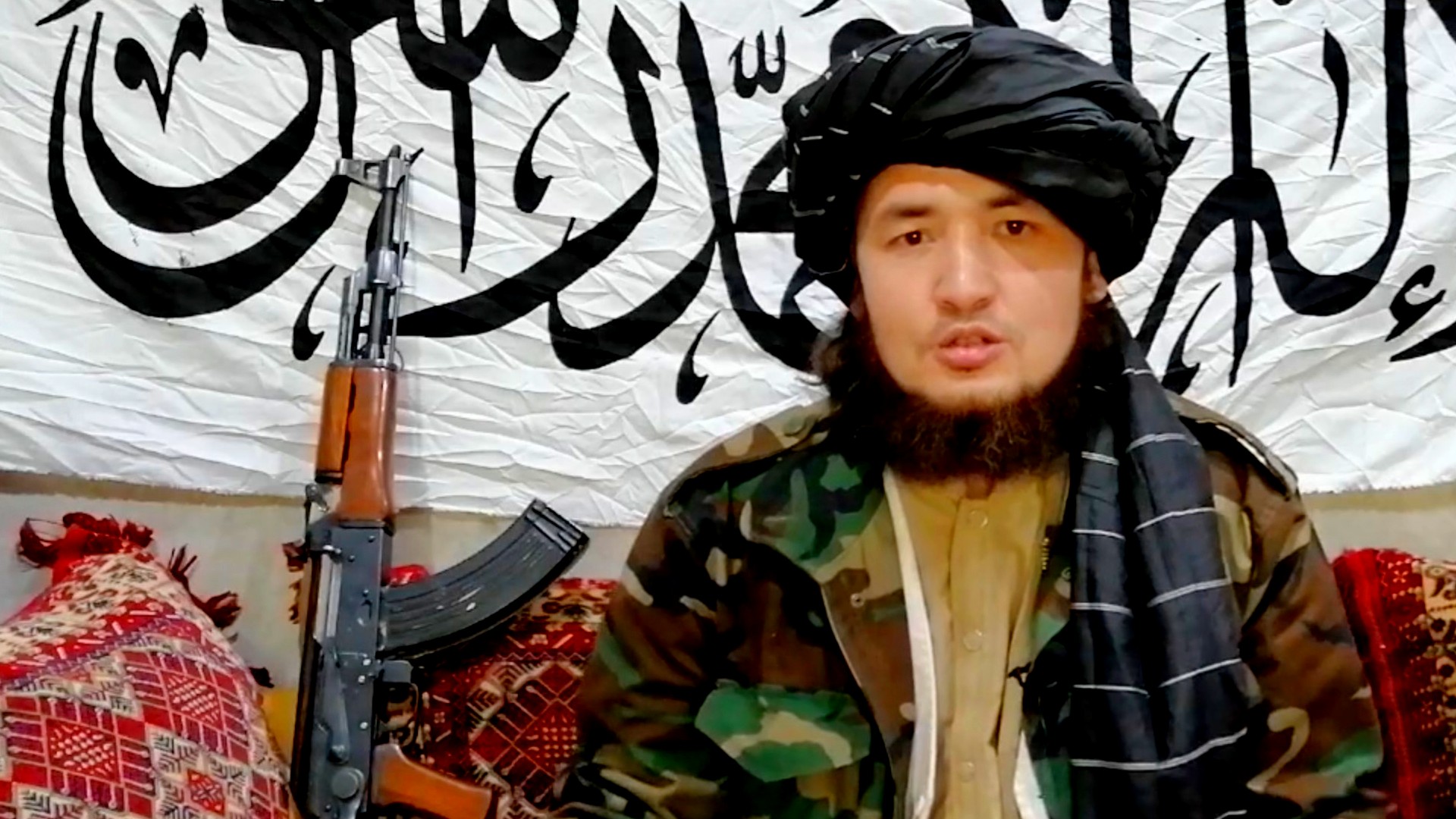For the first time, the Taliban announce the appointment of a Shia Hazara as district governor. Is this a strategic calculation or does it indicate an opening up of the group that has thus far dominated by Pashtuns?
The Afghan Taliban have announced the appointment of Mawlawi Mahdi as governor of the Balkhab district in the northern Afghan province of Sar-I Pul. What is so remarkable about this is that militia leader Mahdi is the first Shia Hazara to hold such an office with the Taliban. A video message published on 24 April on the Taliban platform Al-Amara by the governor, who is making his first public appearance, attracted considerable attention on social media.
Although some Tajiks and Uzbeks had already risen through the ranks to assume leadership positions under the former Taliban leader Mullah Mansur, it remains dominated by Sunni Pashtuns. Ethnic Hazara like Mahdi were mostly oppressed under Taliban rule, which ended in 2001. During this period many massacres among the predominately Shia group were reported. The destruction of the world-famous Buddha statues in Bamyian province also took place in the densely populated areas of Hazara settlement in northern and central Afghanistan (the Hazarajat). These areas include the Balkhab district, which Mawlawi Mahdi is now tasked with administering for the Islamists.
Currently, the Hazara are believed to make up 9% of Afghanistan 37 million-strong population. The number is heavily contested, however. In this Pashtun-dominated multi-ethnic state, the Hazara for centuries have occupied the lower rung of the hierarchal ladder. They have only enjoyed legal equality with the rest of the population since the new Afghan constitution was adopted in 2004. According to The National, Mahdi’s video message struck a conciliatory note in which he said that the Taliban are “open to all people […] and Shia are […] part of their divine strategy.”
The Taliban’s motivations behind the move are subject to speculation. Information is hard to come by as Afghanistan battles the effects of the Covid-19 pandemic. Kabul is under curfew so even local experts are struggling to get the full picture. One thing is clear. Announcing Mahdis appointment via multiple lengthy video messages is - bearing in mind the limited political significance of his office – unusual even by the standards of the PR-prone Taliban.
Thomas Ruttig of the Afghanistan Analysts Network (AAN) told zenith: “The actual appointment was made several years ago.” But only now is it being aggressively marketed. This is also striking because the political and strategic relevance of the appointment is questionable. According to Kings College London’s Ashley Jackson: “Balkhab district is not a terribly strategic locale - so we aren’t talking about someone high up in the hierarchy here. He’s district governor in a fairly remote place that is predominately Hazara.”
The Taliban have recently been able to expand their influence in northern Afghanistan as well where Kohistanat District in particular is considered a regional stronghold. However, neighbouring Balkhab District, where the appointment was made, has so far remained outside Taliban control, and instead falls within the sphere of influence of the Shia militia leader, Haji Muhammad Mohaqiq, an enemy of the Taliban.
Mawlawi Mahdi was long regarded as Mohaqiq’s loyal viceroy in the copper-rich but politically marginalised district. But then he turned his back on Mohaqiq, joined the Taliban and was forced to flee the district, according to AAN. Whether Mahdi succeeds in establishing a strong foothold in the district is far from clear. This suggest that the Taliban leadership – apart from fuelling local intrigues – was probably primarily concerned with something else.
“The appointment of a Taliban leader in a Shia Hazara district has a symbolic effect,” says Jan Koehler of SOAS, who has conducted extensive research in Afghanistan. Koehler told zenith “In the course of a probable redistribution of power in Afghanistan, the Taliban want to show that they are open-minded towards other ethnic groups and also towards Shia.”
According to Jackson, the message is geared towards both to the Afghan people and the international community, however: “I’m sure there’s a rational military reason to have this person as the district governor, beyond his ethnicity. District governors are important military positions for the Taliban.”
The current situation is complex even by Afghan standards. In the context of the US’ planned withdrawal, two rivals are vying for the presidency, many questions remain unanswered regarding the autumn elections, and now the coronavirus pandemic has also hit Afghanistan hard, also due to its proximity to Iran. It is clear that announcing the appointment of a Shia Hazara sends a message in the run-up to intra-Afghan peace talks: we have changed, we care for Afghans of all origins and backgrounds.
A message that disguises the Taliban from the so-called Islamic State in Khorasan Province (ISKP), which – as their counterpart did in the Middle East – has branded Shia infidels and persecuted them with dozens of attacks in recent years. Jackson also suggest that the relationship between the predominantly Pashtun Taliban and other ethnic and religious groups has always been more complicated than is often assumed. Jackson says: “The Taliban also struck political deals with some Hazara communities around the same time in places like Ghazni, and even tacitly allowed girls to go to school in the Hazara areas.” Even some Hazara-Taliban groups exist, according to Koehler.
It is debatable how this attempt at a more inclusive recruitment of religious and ethnic minorities in the country will be received. Thomas Ruttig, however, does not believe that the strategy will materialise on the ground. “Many among the Shia Hazara still reject the Taliban and fear them. Most Hazara would never dream of joining the Taliban.”
The wounds of the past are running too deep. Recently – also due to the coronavirus pandemic – more and more battle-hardened Shia militia members returned to Afghanistan from the Middle East. The Taliban’s relationships with the country’s minorities is therefore likely to remain one of the critical stumbling blocks on the path to sustainable peace.
